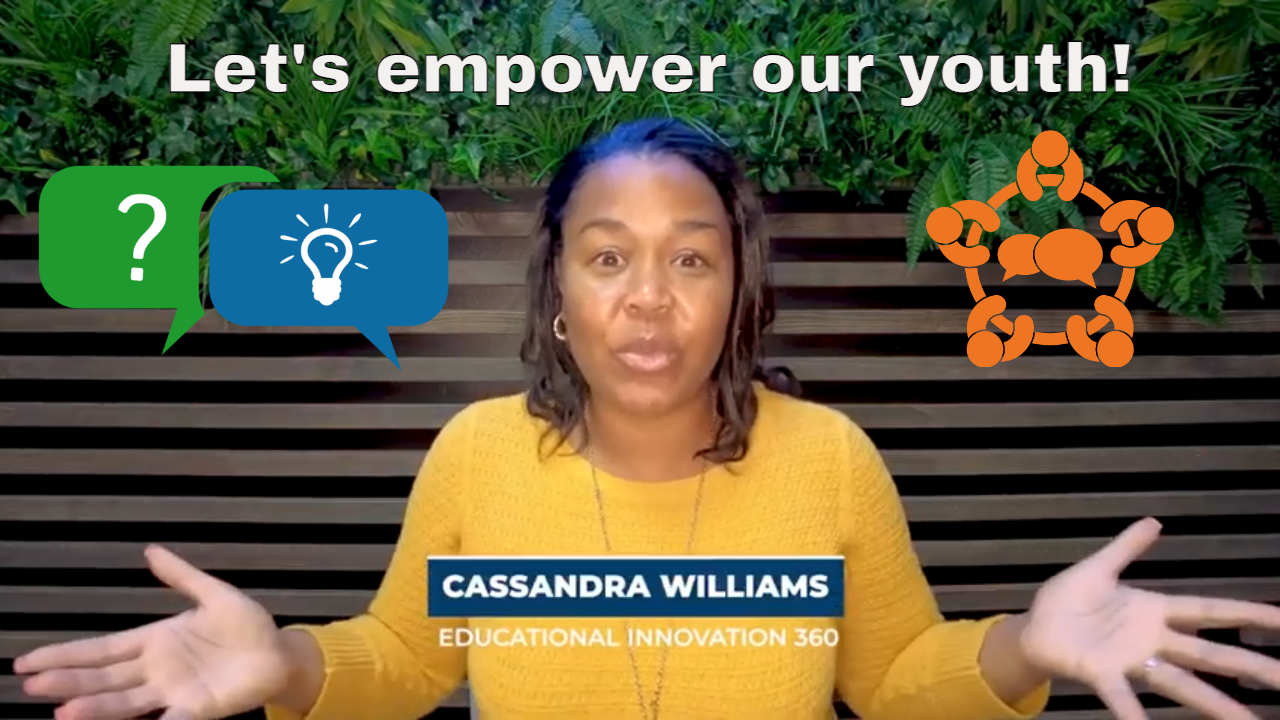How Can We Intensifying Intellectual Exchange Among Students
How frequently do you arouse and pursue students' interests in discussions? And how often do you attend to your own teacher's interests? We pose these questions with a thorough understanding of teachers' time constraints to complete the curriculum (Dergaliuk, 2021).
In our previous article, we described a method for organizing a minds-on learning environment in which students create meaning. The teacher invites students to talk to one another in this type of classroom, assisting them in becoming thinkers who know how to share their ideas, questions, and thoughts. Your students require your assistance moving to a higher level of thinking and understanding of texts and experiences.
Scaffolding, Vision Building, and High Literacy
All three of the necessary items your students require at this point stem from a concept known as envisionment building, which is both a way of viewing the reading process and a method for discussing a text (or analyzing a movie, a painting, or virtually anything). Imagination is what we see and understand in our mind's eye as we interact with the world (Reynolds, 2021).
Its four positions are:
Initial understanding- This stance refers to the individual's early thoughts and feelings during the interpretation process.
Developing ideas- The reader is moving through the text in this stance, understanding the evolving whole.
Earning from the text- In this position, the reader leaves the text and uses it to reconsider or rethink what they know about the world in light of the new information.
Taking a critical stance- The reader may become aware of the writing, structure, or another literary quality during the reading process and temporarily disengage from the story to comment on the author's craft.
Together, these four stances represent a complex act of interpretation. The stances are not distinct in a reader's thought process, but distinguishing them allows us to understand what proficient reading entails.
Scaffolding, also known as instructional assistance, is critical to effective teaching. Scaffolding is forward-thinking, teaching at the crossroads between what a student could do yesterday and what they will do tomorrow. The teacher evaluates the learner's progress in understanding a concept, skill, narrative, etc. There are at least three options for providing this assistance; Pose a few open-ended questions to elicit students' current understandings, use Langer's four stances to guide the discussion to a higher level of thought, or use your students' responses to launch your moment-to-moment orchestration.
When we discuss higher-order thinking in sustaining discussions, we talk about high literacy (Bereiter & Scardamalia, 1987; Langer, 1999). Literacy skills are valuable both in and out of the classroom. However, avoid emphasizing only the short-term payoff. Yes, this experience will help them perform well on high-stakes exams. But what we offer are genuine opportunities to develop critical, life-long thinking and reasoning skills.
How Discussion Aids in Meeting Standards
High-level discussions can foster intellectual richness, literary quality, and critical thinking student achievement as measured by this definition of literacy and English language arts achievement tests (Applebee et al., 2003). Students gain authentic practice with reading comprehension skills because sustained discussion through envisionment building relies on higher-order thinking supported by evidence. To demonstrate the relationship between envisionment building and standardized tests, we compared envisionment-building stances to the state standards for English language arts in New York and California, which serve as the foundation for many high-stakes tests.
Conclusion
Teachers can meet several standards requirements holistically through authentic discussion by using typical questions used in envisionment-building discussions identified by stances. Though they complement one another, EB questions are qualitatively different from standards. This is due to the need to support students thinking in the questions instead of the standards, which primarily reflect the domain of what is essential to know about the discipline.
One way to engage students is to have them practice powerful discussions, change is led by our youth so we must engage them in rich discussions.
References
Dergaliuk, M. (2021). Intensification of the development of regional economic systems in the conditions of the creative economy formation.
Reynolds, D. (2021). What happens when adolescents meet complex texts? Describing moments of scaffolding textual encounters.


